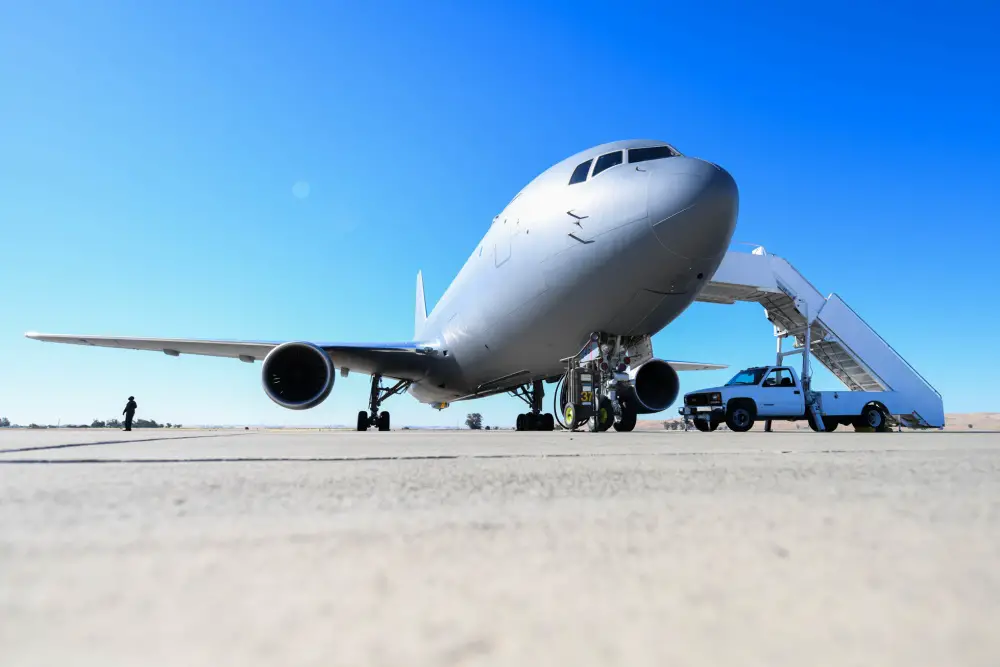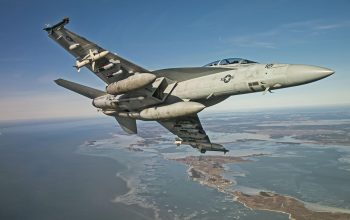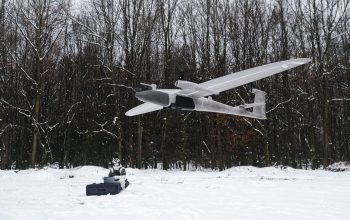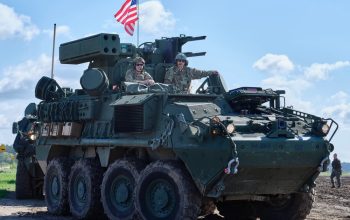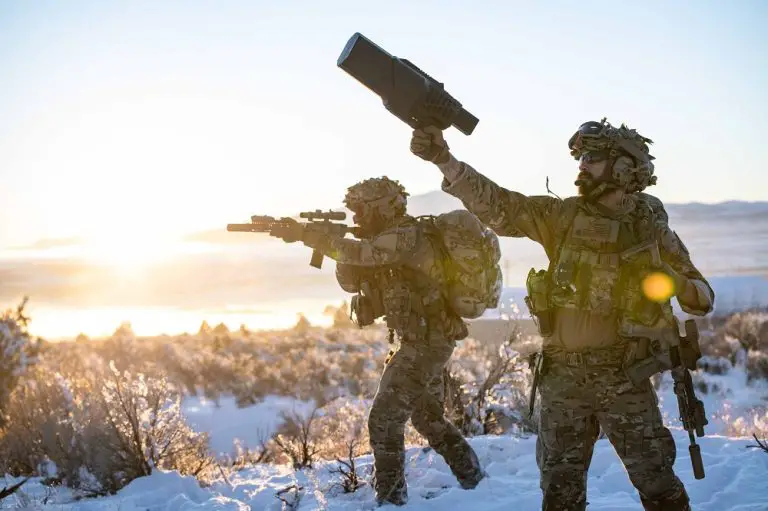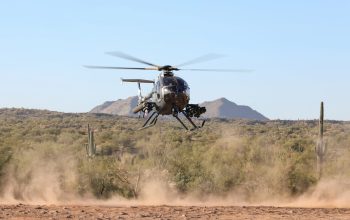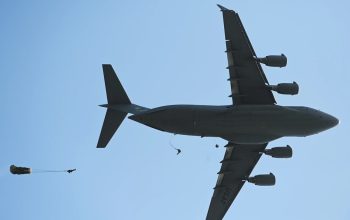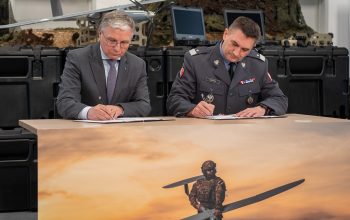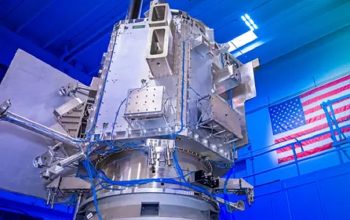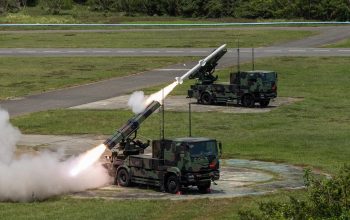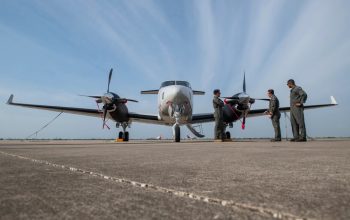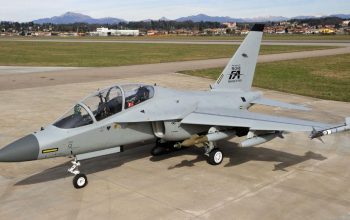Airmen from the 931st Air Refueling Squadron and 22nd Aircraft Maintenance Squadron participated in a Total Force mission to test capabilities of the KC-46A Pegasus during its first aeromedical evacuation on July 10, 2020. Over the course of six flights and 17 hours, the mission, which originated at Joint Base Andrews, Maryland, transited five patients and two attendees to Naval Station Norfolk, Virginia; Patrick AFB, Florida; and Travis AFB, California. The mission was evaluated by the Air Force Testing and Evaluation Center.
The KC-46 has undergone extensive testing this past year, led by the Air Force Testing and Evaluation Center, to evaluate the KC-46’s capabilities to support aeromedical evacuation. After the resolution of key discrepancies, the successful completion of the first operational mission represents a significant milestone in the aircraft’s ability to demonstrate one of its three mission sets: aerial refueling, airlift and aeromedical evacuation.
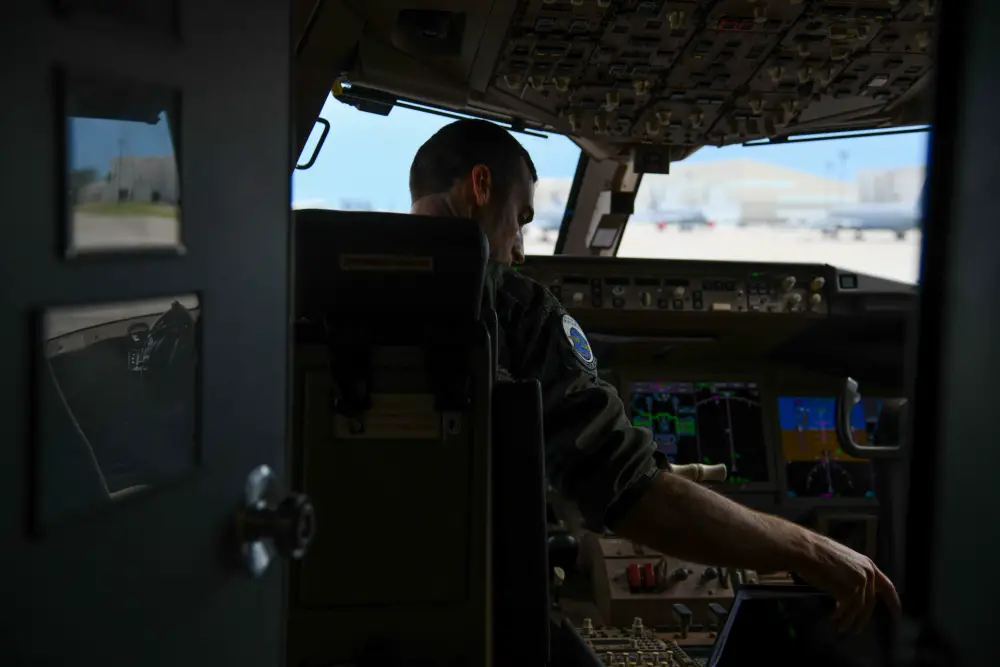
“I don’t think most people realize the amount of training and dedication the team has when they come out and do a mission like this,” said Maj. Michael Murphy, 905th Air Refueling Squadron pilot. “Everyone really performed well and at a high level.”
“Some of the things we were looking for was whether or not the aircraft could sustain patient care over a 14-hour span,” said Master Sgt. Heath Hampton, Detachment 3 Initial Operational Test and Evaluations section chief for the KC-46 program. “That was proven today. It was a proof of concept that the KC-46 could be used as a viable aeromedical evacuation platform.”
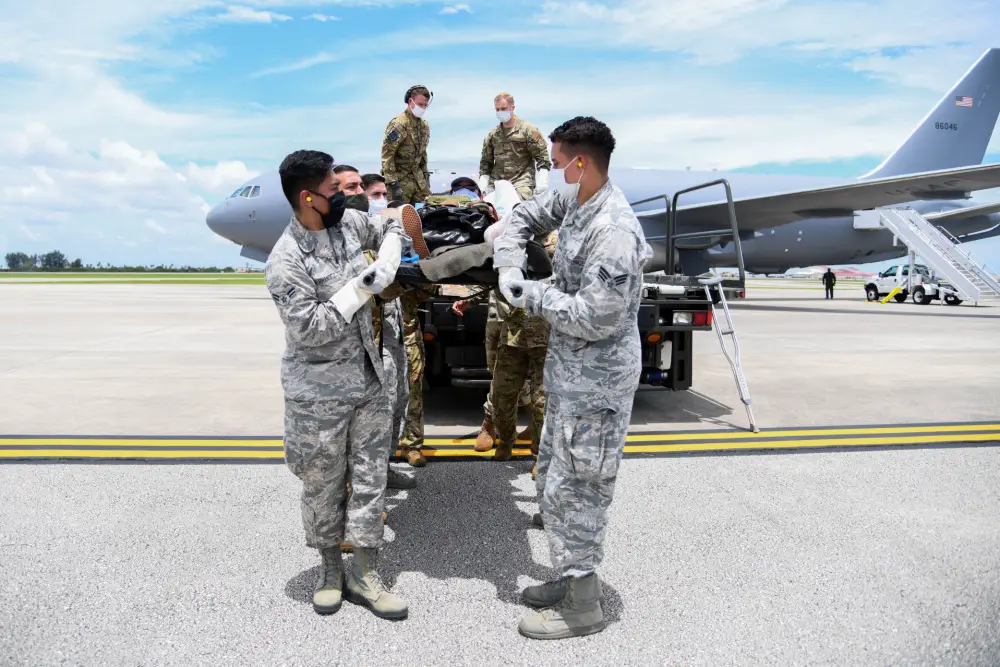
An integral factor for the successful execution of the mission was the notable patient care provided by the aeromedical evacuation team. Aeromedical evacuation plays a significant role in the nation’s globality capabilities as it provides time sensitive and mission critical patient care during transport to their home installations for follow-on care. The total force team, which comprised of two flight nurses and three medical technicians (all qualified on the KC-46), used a syllabus that included numerous patient scenarios and configurations to guide the execution of the training.
“It’s incredible how AE touches the patient from point of injury all the way back home,” said Lt. Col Jason Arndt, 133rd Airlift Wing branch chief of aeromedical evacuation. “Throughout this whole journey there’s Total Force involved. It’s nice when a whole team can come together and work seamlessly to transport patients safely and effectively.”
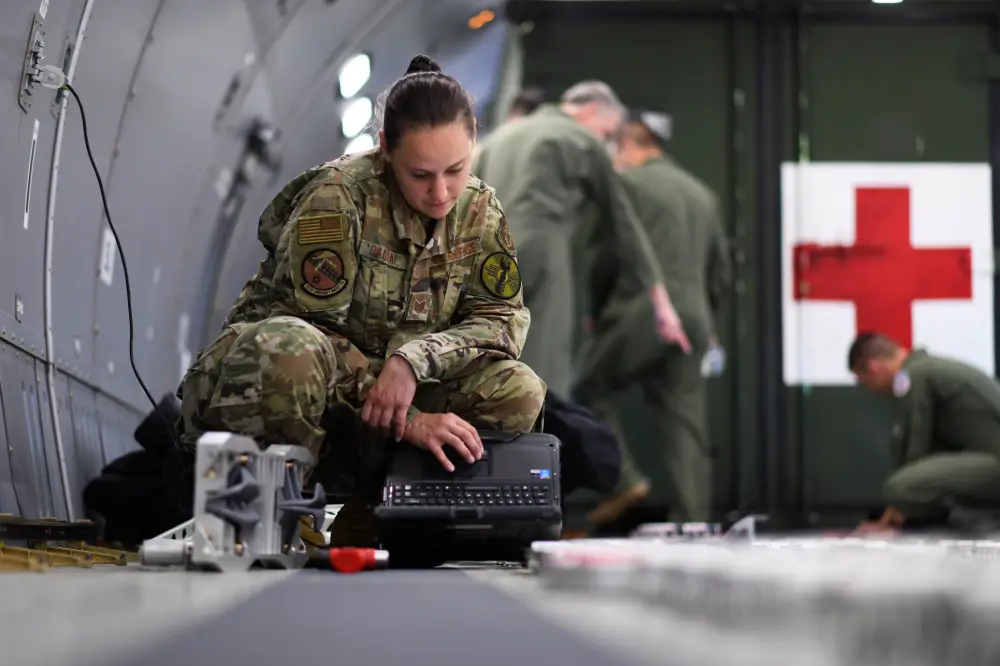
“Being a part of this mission really meant a lot to me,” said Hampton “We took this concept from a piece of paper all the way to patient movement. I really am proud of the whole team and proud that I had the opportunity to help make it happen.”
The aircraft’s interior environmental controls proved not only to be effective but ideal for patient care. For Hampton, who has been involved in the of evaluation of the KC-46 over the past three years, witnessing the aircraft reach this major milestone is a feat he holds close to his heart. Key features, such as increased lighting visibility, electrical power and storage capacity, allowed the team to provide quality care in the air. Since its delivery in January of 2019, there has been major headway with the aircraft’s operational capacity.
